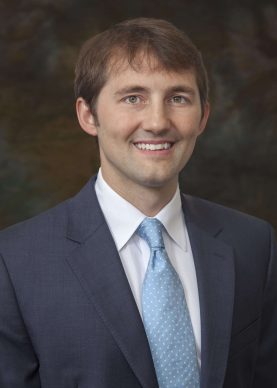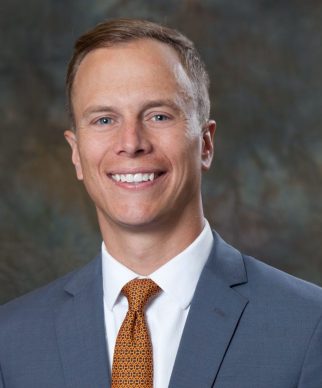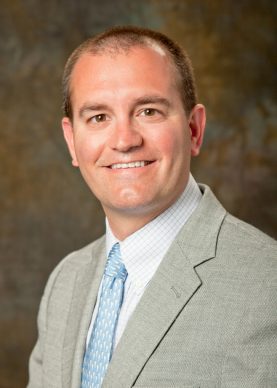Diagnosis and Treatment of Ulnar Collateral Ligament (UCL) Tears in Wake County
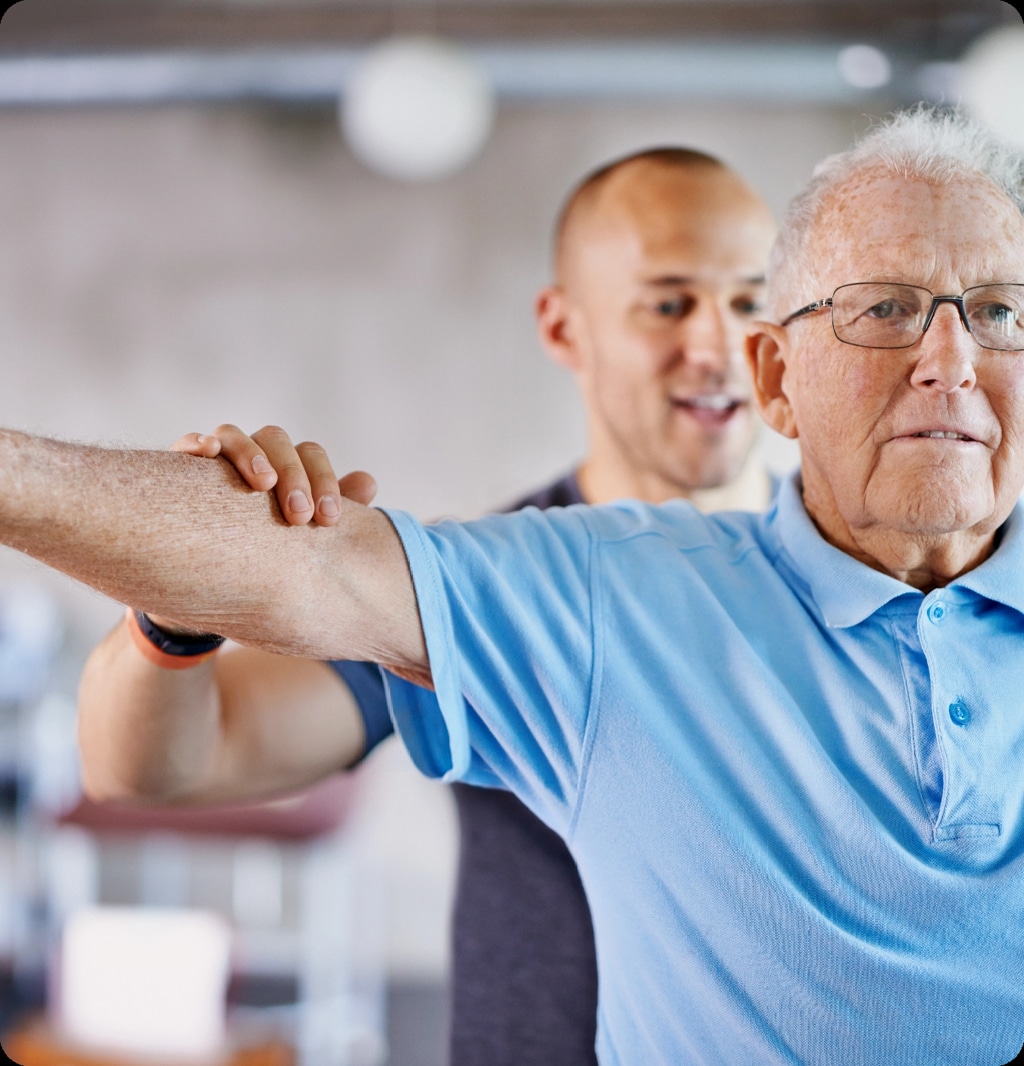
What is a UCL Tear?
An ulnar collateral ligament (UCL) tear is the most common type of UCL injury. It often occurs due to gradual wear and tear, but can also happen as the result of a single traumatic event. The UCL is a ligament on the inside of the elbow, attached on one side to the humerus (bone of the upper arm) and on the other side to the ulna (bone in the forearm). The UCL stabilizes the elbow during the throwing motion, which is why this type of injury is most common among throwing athletes and those who use their upper extremities on a frequent basis.
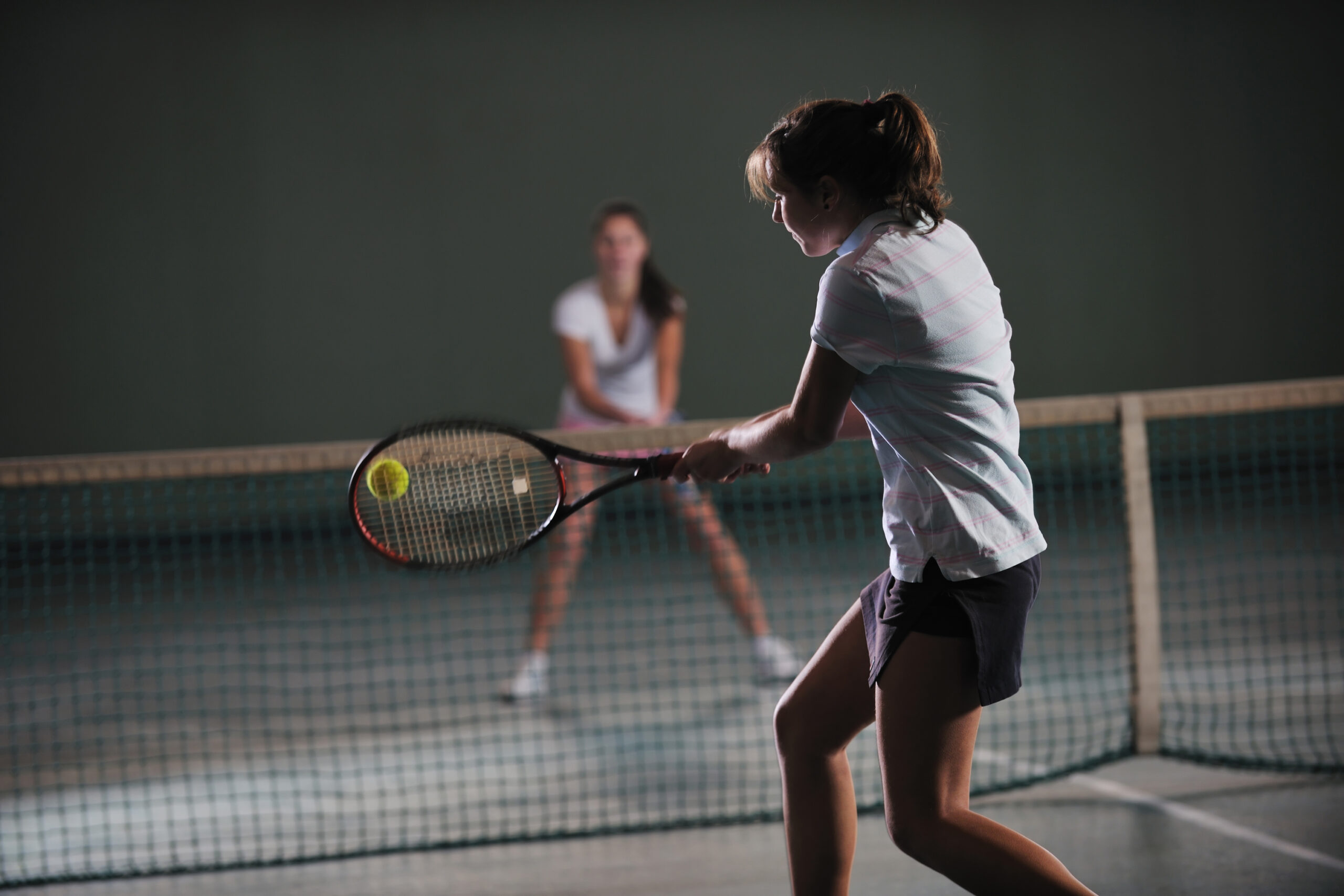
Causes of a UCL Tear
UCL tears can happen suddenly from an acute injury or over a longer period, such as from a chronic injury. An acute injury results from putting too much stress on the elbow in one single incident, which can cause the ligament to tear. An audible ‘pop’ can typically be heard or felt, as well as intense pain. A chronic injury occurs from repeated stress on the ligament from throwing or swinging the arm repeatedly. This repetitive motion can lead to small microtears and eventually a rupture of the ligament.
Symptoms of a UCL Tear
Patients who suffer a UCL tear usually have pain and swelling on the inside (medial) part of the elbow. A UCL tear will not prevent you from exercising, running, lifting weights, or any other non-throwing activities. Symptoms of this type of injury may include:
- A sensation of popping, clicking, or grinding along the inside of the elbow when throwing.
- Pain on the inside of the elbow after a period of heavy throwing or other overhead activity.
- Pain when accelerating the arm forward, just prior to releasing a ball.
- Tingling or numbness in the pinky and ring fingers.
How are UCL Injuries Diagnosed?
If you are experiencing any of the symptoms noted above, the next step is to seek further evaluation by an orthopedic specialist. Your doctor will conduct a physical exam, as well as review your medical history, to assess the condition of your UCL. The best way to diagnose a UCL tear is via the valgus stress test. During this test, a force is applied to the outside of the elbow, which “opens up” the inside part of the elbow. If laxity, or looseness, is felt, it is indicative of a UCL tear or sprain. Imaging tests such as an X-ray or MRI may also be performed. Injecting dye into the joint before the MRI helps increase the accuracy of the diagnosis.

Treatment Options for UCL Injuries at Raleigh Orthopaedic
The goal of nonsurgical treatment for a UCL tear is to stabilize the elbow and offer pain relief. Conservative treatments include rest, taking anti-inflammatory medications, applying ice, and starting physical therapy. If the injury is severe, a sling may be useful to aid in resting the elbow. Physical therapy is a highly effective treatment for UCL tears because it helps strengthen the muscles around the elbow and decreases the risk of further injury to the affected area.
If there is a complete tear of the ligament or if conservative treatments are not successful, surgery may be needed. UCL reconstruction, also known as Tommy John Surgery, uses a tendon taken from somewhere else in the body to replace the torn ligament. Sutures are used to keep the ligament in place once it is reattached to the bone.
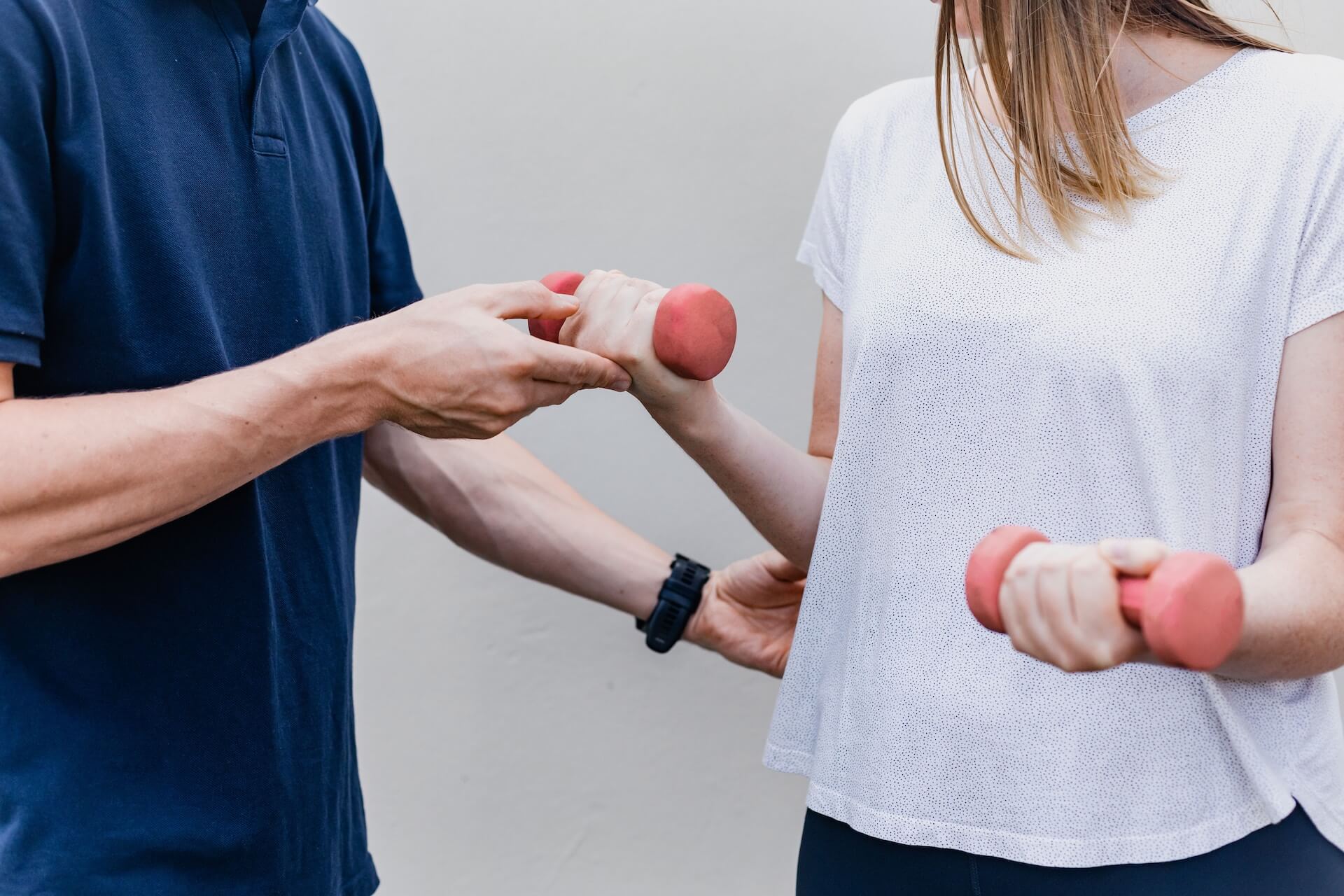
Recovering from a UCL Tear
If a UCL tear is treated conservatively, a patient may take several weeks or months to fully recover. The exact time frame depends on the range of motion you’d like to achieve in the elbow. If Tommy John Surgery is performed, the rehabilitation period can take nine months to a year, and sometimes longer. In most cases, physical therapy will be required and your physician will work with you to monitor your progress. Every patient’s recovery is different, but you should never rush the process, especially if you plan to return to heavy throwing.
Can UCL Tears Be Prevented?
Most UCL tears occur due to overuse of the elbow, particularly in baseball pitchers overthrowing their arms. To prevent UCL tears, proper health and conditioning are critical to keeping the elbow strong and able to withstand the stress and tension most athletes go through. Proper elbow movement techniques can be very beneficial in working out the arm. It is also important to rest the elbow after a game or workout or if you feel any type of discomfort. For pitchers specifically, a strict pitch count limit and proper rest are the most common ways to prevent UCL tears from occurring.

Expert Elbow Care at Raleigh Orthopaedic
At Raleigh Orthopaedic Clinic, our elbow specialists provide a full range of nonsurgical and surgical treatments for all manner of elbow conditions, including UCL tears. Each of our clinics throughout Wake County offer comprehensive care and advice for patients who have recently suffered an elbow injury or are recovering from surgery. Contact us today to schedule an appointment at the Raleigh Orthopaedic office location nearest you.


